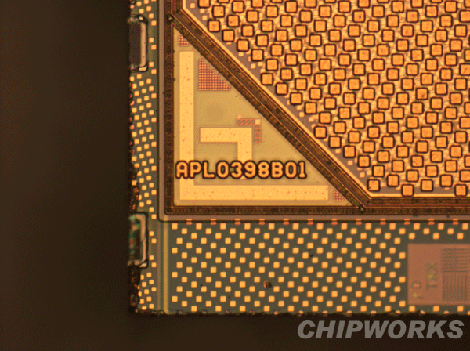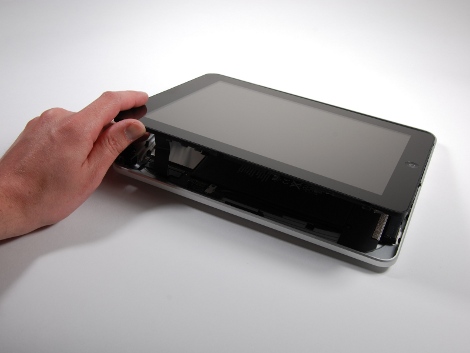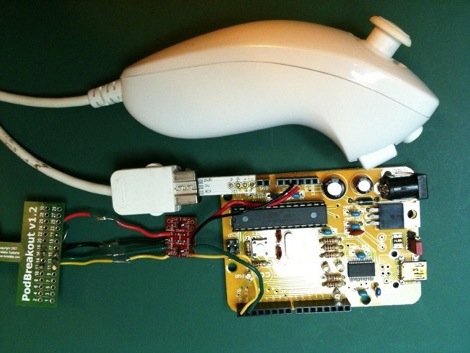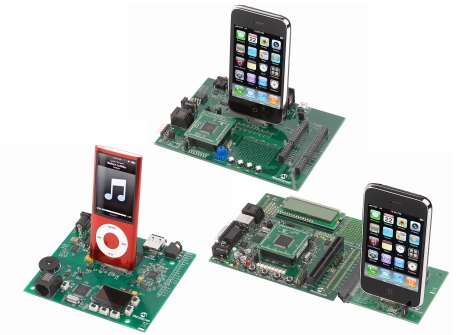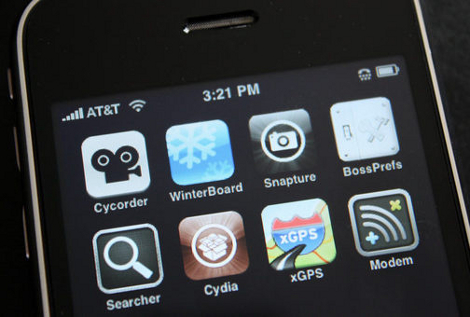
A method to Jailbreak the new 3.1.3 iPhone rom is here and it does away with tethering. Tethering is the problem that arose from the blackra1n exploit requiring a computer to reboot the iPhone. Although we saw a hardware workaround for that, it’s much nicer to do away with the issue completely. The new exploit is called Spirit and we found the site was getting hammered earlier so you should check out the writeup over at Redmond Pie if you can’t get through with the link at the top.
[Thanks Xb0xGuru via iPhone Hacks]


